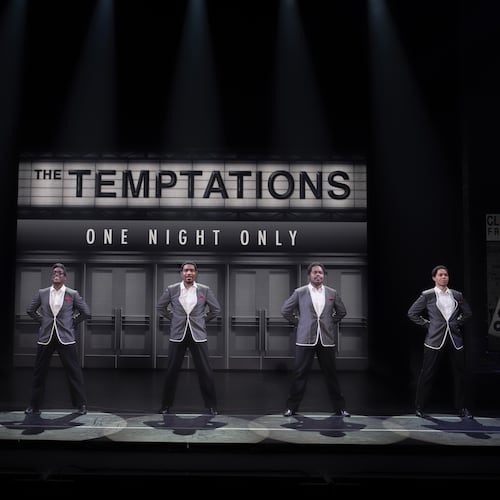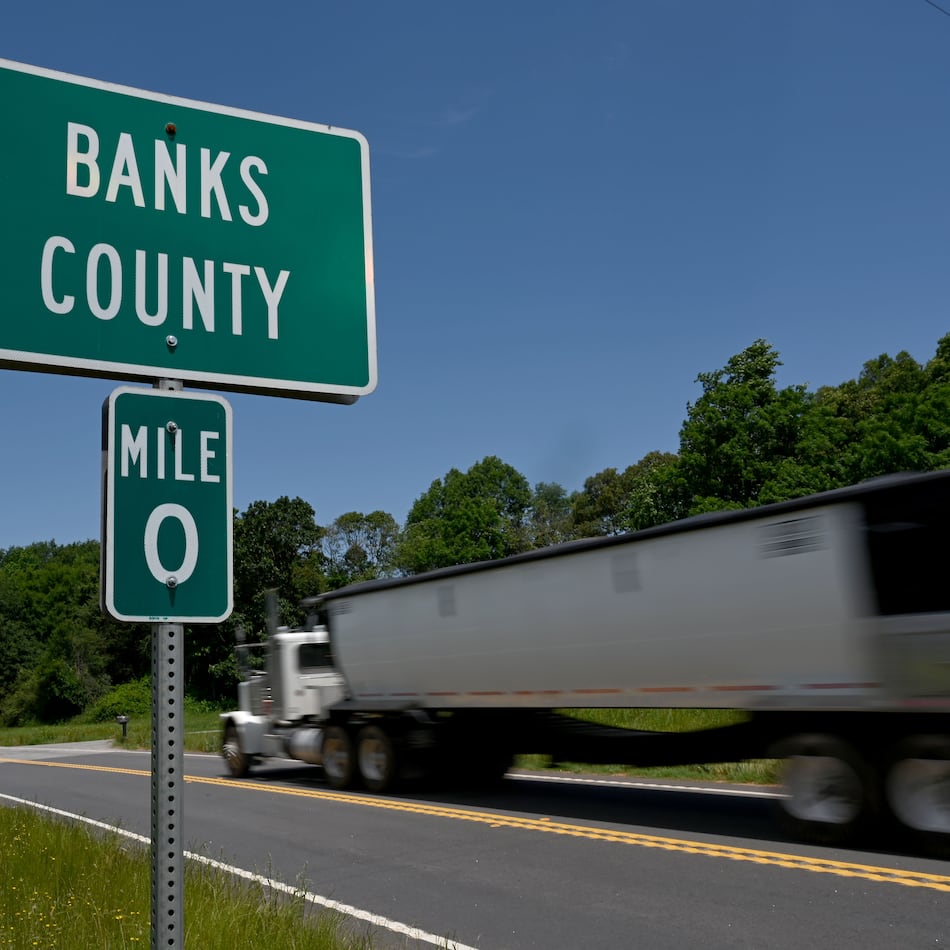We are currently in between Coca Cola business reporters. So I ended up screening a CNBC documentary airing tonight at 9 p.m. about Atlanta’s Coca Cola Company.
Entitled “Coca-Cola: The Real Story Behind the Real Thing,” the one-hour exploration of the storied drink company doesn’t break any new ground that I can ascertain. But it’s a perfectly acceptable overview for folks not too familiar with the background of the company and where it is today. And don’t worry: CNBC will repeat the special ad nauseum in case you miss it tonight.
The business news network got exclusive access to a testing area where Coke has simulated restaurants and gas station marts so they can test how best to display their goods. And Coke historian Phil Mooney gave rare media access through the special Coke memorabilia archives worth $60 million on Coke's books. Reporter Melissa Lee also talks to CEO Muhtar Kent and more extensively, CFO Gary Fayard.
The hour spends time with Coke as it seeks new products it hopes can hit $1 billion in sales, from a coconut drink to a tea product. Coke has had to diversify as more people shy away from traditional soda and opt for other types of drinks such as juices and energy drinks. Soda (defined by the company as “sparking beverages”) still represent 70% of the company’s $30 billion-plus in annual revenue.
Fayard, the CFO, defended the soda (now pilloried as a symptom of the rise in obesity): “There’s nothing bad in this bottle. It’s pretty much all natural. It’s the original energy drink. I wouldn’t suggest you drink 20 of them a day. In moderation. Everything in balance.”
One strategy the doc features for Coke to expand soda usage in retail establishments is the new Freestyle. It’s a special touch-screen drink machine which enables people to pick more than 100 flavor combos. The trick: special ink-style cartridges with super-concentrated flavor packets which are mixed in the machine. It’s currently in testing stages in Atlanta and a few other areas. The machines can also provide Coke a mother lode of information as in how much of each drink is purchased and when.
CNBC travels to Johannesburg, South Africa, to illustrate the company’s efforts to go international and how the company stuck around even through apartheid.
There’s a segment explaining how Coke doesn’t really make the product. That’s the job of Coca Cola Enterprises and the few remaining independent bottlers. Lee focuses on Ozarks bottlers in Missouri, where the owner dares utter the word “Pepsi,” a term rarely if ever used by Coke executives. “They exist,” he admits.
Lee also talks with the top brass about the magic of Coke and the marketing genius behind tying the soda with good memories. Plus, Coke is working to expand use of its unmistakable bottle shape, even with two-liter bottles. That shape alone evokes warm feelings.
She also revisits the New Coke debacle from 1985 and provides a quick history of the company, including the always funny note that back in the late 1800s, the drink actually did have traces of cocaine in it. You see bits of those classic Mean Joe Greene and "I'd Like To Teach the World To Sing" ads, the Norman Rockwell portraits and Coke's impact on Santa Claus. Sort of like visiting the World of Coke that way.
About the Author
Keep Reading
The Latest
Featured


